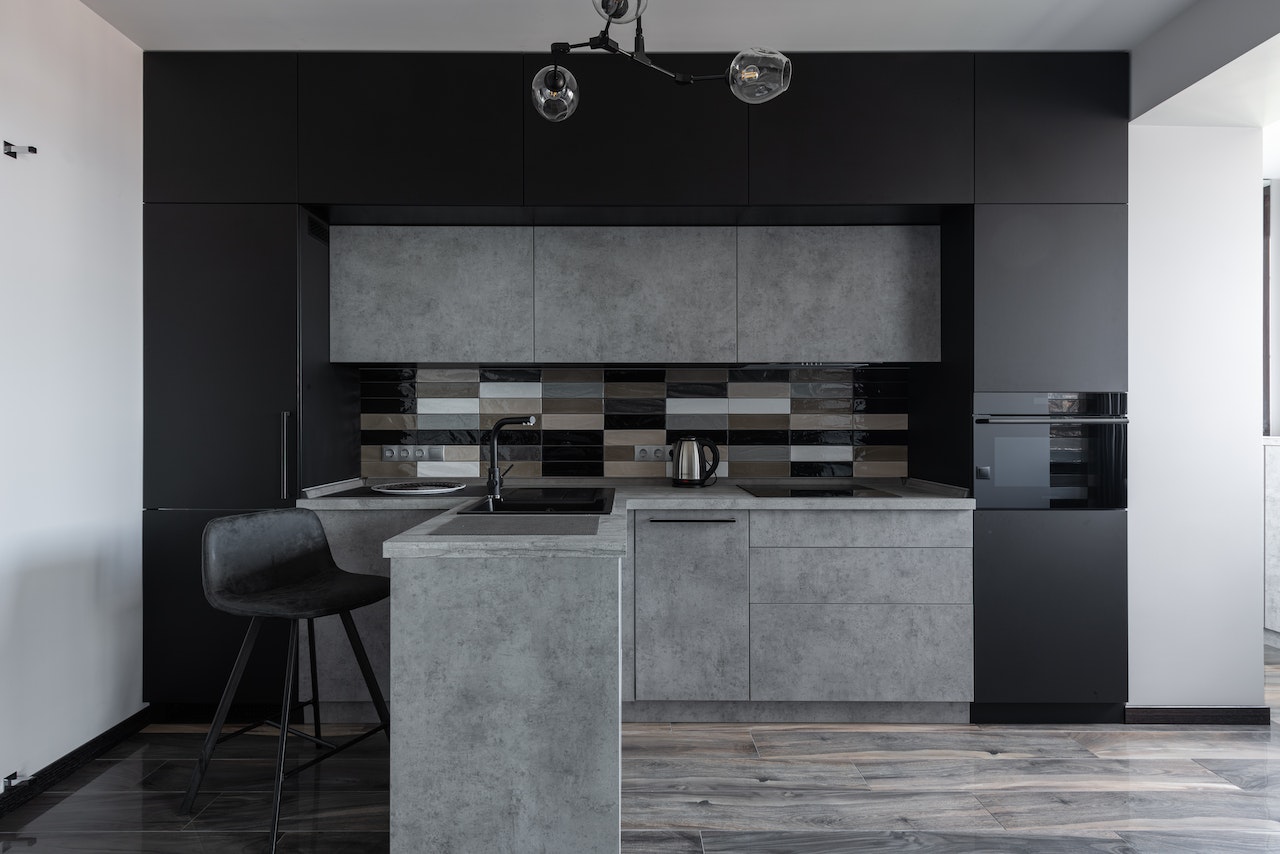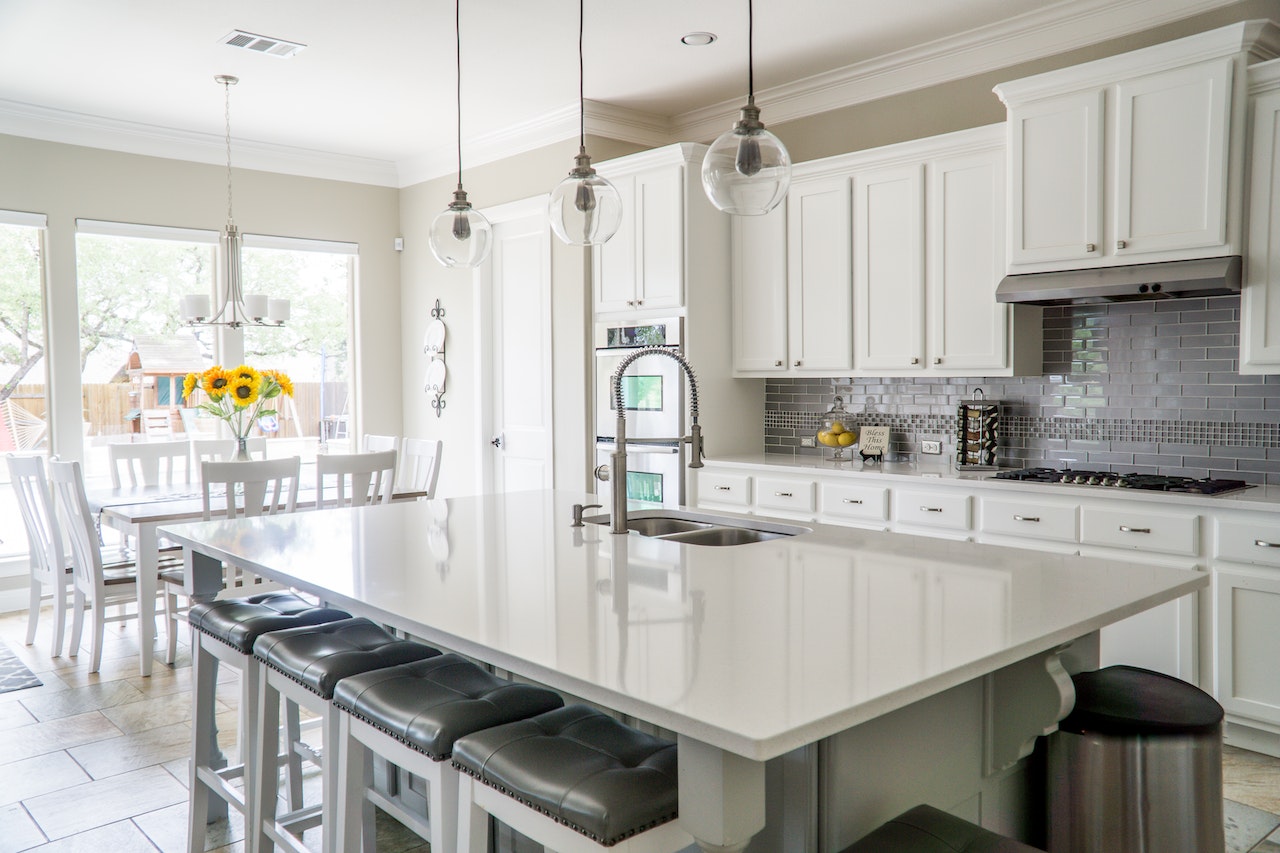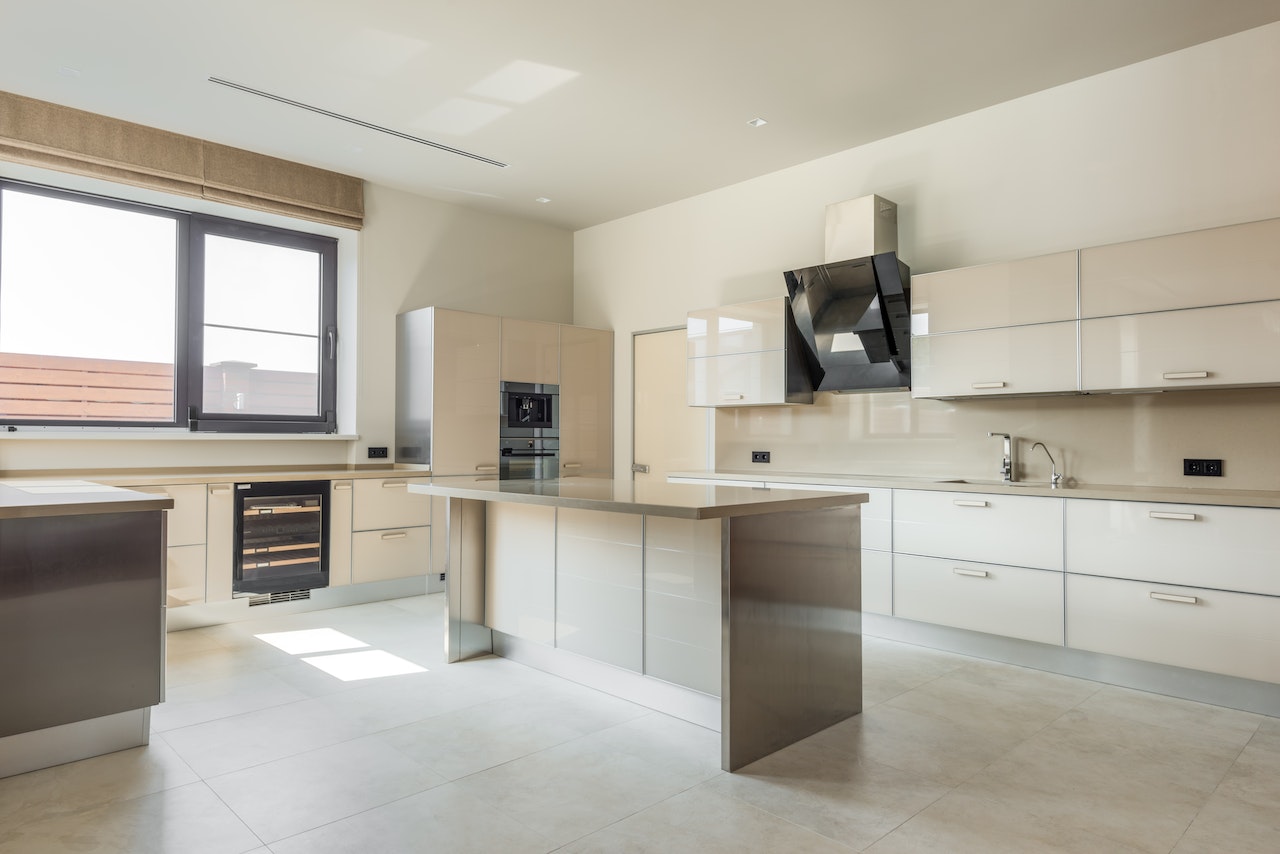
When it comes to home renovations, IKEA has become a popular choice for homeowners looking for affordable and stylish furniture. Among their wide range of products, IKEA cabinets are often a go-to option for kitchen and bathroom remodeling projects. However, there has been some confusion and debate surrounding the construction and quality of IKEA cabinets. One common question that arises is whether IKEA cabinets are made of solid wood. In this article, we will delve into the details to debunk the myth and provide a comprehensive understanding of the materials used in IKEA cabinets.
Understanding IKEA Cabinets
IKEA cabinets are known for their functional designs, easy assembly, and attractive aesthetics. They offer a wide variety of cabinet styles, sizes, and finishes to suit different tastes and budgets. To provide affordable options, IKEA utilizes a combination of materials in their cabinet construction, including particleboard, fiberboard, plywood, and solid wood.
Types of Materials Used in IKEA Cabinets
Particleboard
Particleboard, also known as chipboard, is a common material used in the construction of IKEA cabinets. It is made from wood chips and sawdust that are bound together with resin or glue. Although particleboard is not solid wood, it is a sturdy and cost-effective option that offers good stability.
Fiberboard
Fiberboard, specifically medium-density fiberboard (MDF), is another material frequently used in IKEA cabinets. MDF is made by compressing wood fibers with resin under high pressure and temperature. It is denser than particleboard and provides excellent strength and durability.
Plywood
Plywood is a composite wood product made by gluing together multiple layers of thin wood veneers. IKEA often incorporates plywood in the construction of their cabinets, particularly for the cabinet frames and shelves. Plywood offers strength, stability, and resistance to warping or splitting.
Solid Wood
Contrary to popular belief, not all IKEA cabinets are made entirely of solid wood. However, IKEA does offer certain lines that feature solid wood fronts, doors, or drawer fronts. These solid wood components provide a natural and high-end aesthetic appeal. It’s important to note that solid wood is often used for decorative purposes rather than structural elements in IKEA cabinets.

IKEA’s Approach to Sustainability
IKEA has been committed to sustainability and environmental responsibility in its manufacturing processes. While not all IKEA cabinets are made entirely of solid wood, the company strives to use sustainable materials whenever possible. They prioritize the use of renewable resources and work towards minimizing waste and emissions during production.
In line with their sustainability goals, IKEA utilizes engineered wood products like particleboard, fiberboard, and plywood. These materials are made from wood by-products or fast-growing trees, reducing the demand for virgin timber. By using engineered wood, IKEA maximizes the utilization of available resources and minimizes the impact on forests.
Pros and Cons of IKEA Cabinets
Like any product, IKEA cabinets come with their own set of advantages and disadvantages. It’s important to consider these factors when making a decision for your home renovation project.
Advantages of IKEA Cabinets
IKEA cabinets have established a strong reputation for their affordability, making them an accessible option for a wide range of homeowners. With their reasonable prices, IKEA cabinets allow you to transform your space without straining your budget.
One of the remarkable features of IKEA cabinets is the abundance of customization options they offer. With a diverse range of sizes, styles, and finishes, you have the freedom to create a truly personalized and unique look for your living space. From sleek and modern designs to rustic and traditional aesthetics, IKEA provides endless possibilities to match your preferences and bring your vision to life.
Another advantage of IKEA cabinets is their easy assembly process. Designed with the DIY enthusiast in mind, these cabinets are crafted to be assembled with ease, even for individuals with minimal experience. The straightforward instructions and user-friendly hardware make the assembly process a breeze, allowing you to enjoy the satisfaction of completing the installation yourself and saving on professional installation costs.
Functionality is a key focus in IKEA’s cabinet designs. They prioritize practicality and efficiency, maximizing storage and organization possibilities. Every inch of your IKEA cabinets is designed to be utilized effectively, ensuring ample space for your belongings and providing seamless organization solutions. Say goodbye to cluttered spaces and hello to a well-organized and functional environment.
In terms of assurance, IKEA cabinets come with a warranty, providing peace of mind and protection against any manufacturing defects. The warranty ensures that you can confidently enjoy your cabinets, knowing that you are supported by IKEA’s commitment to quality and customer satisfaction.

Now, let’s explore the important topic of How to Clean Cabinets
Proper cabinet maintenance is crucial for preserving their appearance and durability. Here are two essential points on how to clean cabinets:
Regular Cleaning:
To maintain the beauty of your IKEA cabinets, it’s recommended to regularly clean them using gentle and non-abrasive cleaning solutions. Avoid harsh chemicals or abrasive tools that can damage the cabinet surfaces. Wipe down the cabinets with a soft cloth or sponge, paying attention to any spills or stains that may have occurred. Additionally, ensure that you dry the cabinets thoroughly to prevent any moisture-related issues.
Preventive Measures:
Along with regular cleaning, taking preventive measures can help keep your cabinets in excellent condition. Use cabinet liners or mats to protect the shelves from spills, scratches, and excessive wear. Avoid placing hot items directly on the cabinet surfaces to prevent heat damage. Additionally, handle cabinets with care, avoiding excessive force or impact that could cause damage.
By following these guidelines on how to clean cabinets, you can ensure that your IKEA cabinets maintain their attractiveness and longevity, becoming a cherished part of your home for years to come.
Disadvantages of IKEA Cabinets
- Limited Solid Wood Options: While IKEA offers some solid wood components, their cabinets are predominantly made from engineered wood materials.
- Longevity: IKEA cabinets may not have the same longevity as high-end, fully custom cabinets.
- Limited Customization: While customization is possible to a certain extent, options may be limited compared to fully custom cabinets.
- Assembly Required: Some homeowners may find the assembly process time-consuming or challenging, especially if they lack experience with DIY projects.
How to Determine the Quality of IKEA Cabinets
To ensure you choose the right IKEA cabinets for your needs, it’s essential to consider the following factors when assessing their quality:
- Material Construction: Examine the construction materials used in the cabinets, such as particleboard, fiberboard, plywood, or solid wood.
- Durability: Consider the strength and durability of the cabinets, as well as their resistance to moisture, heat, and daily wear and tear.
- Hardware and Accessories: Evaluate the quality of the hinges, drawer slides, handles, and other accessories that contribute to the cabinet’s functionality and longevity.
- Finishes and Coatings: Assess the quality and durability of the cabinet finishes, such as paint or laminate, to ensure they will withstand regular use and cleaning.
By thoroughly examining these aspects, you can make an informed decision about the quality and suitability of IKEA cabinets for your home.

Maintaining and Caring for IKEA Cabinets
To keep your IKEA cabinets looking their best and prolong their lifespan, follow these maintenance tips:
- Regular Cleaning: Wipe the cabinets with a soft cloth or sponge using mild soapy water. Avoid abrasive cleaners or harsh chemicals that can damage the finishes.
- Preventive Measures: Use coasters, trivets, or placemats to protect the cabinet surfaces from hot or wet items. Avoid placing sharp or heavy objects directly on the cabinets.
- Proper Ventilation: Ensure adequate ventilation in the kitchen or bathroom to prevent excessive humidity, which can damage the cabinet materials.
- Adjusting Hinges and Drawer Slides: Periodically check and adjust the hinges and drawer slides to maintain
- the smooth operation of the cabinets. Tighten loose screws or replace worn-out hardware as needed.
- Addressing Spills and Stains: Clean up spills immediately to prevent stains. For stubborn stains, use a mild cleaning solution recommended for the specific cabinet material.
- Avoid Excessive Weight: Avoid overloading the cabinets with heavy items beyond their recommended weight capacity. This helps prevent structural damage and ensures the longevity of the cabinets.
By following these maintenance practices, you can keep your IKEA cabinets in excellent condition for years to come.
while IKEA cabinets are not typically made entirely of solid wood, they offer a range of affordable and functional options for homeowners. By utilizing engineered wood materials like particleboard, fiberboard, and plywood, IKEA provides cost-effective solutions without compromising on quality. Understanding the materials used in IKEA cabinets and assessing their pros and cons can help you make an informed decision for your home renovation projects.
With proper care and maintenance, IKEA cabinets can provide functional and stylish storage solutions for years to come. By following the recommended cleaning practices, preventing damage, and addressing any issues promptly, you can ensure the longevity and durability of your IKEA cabinets.
